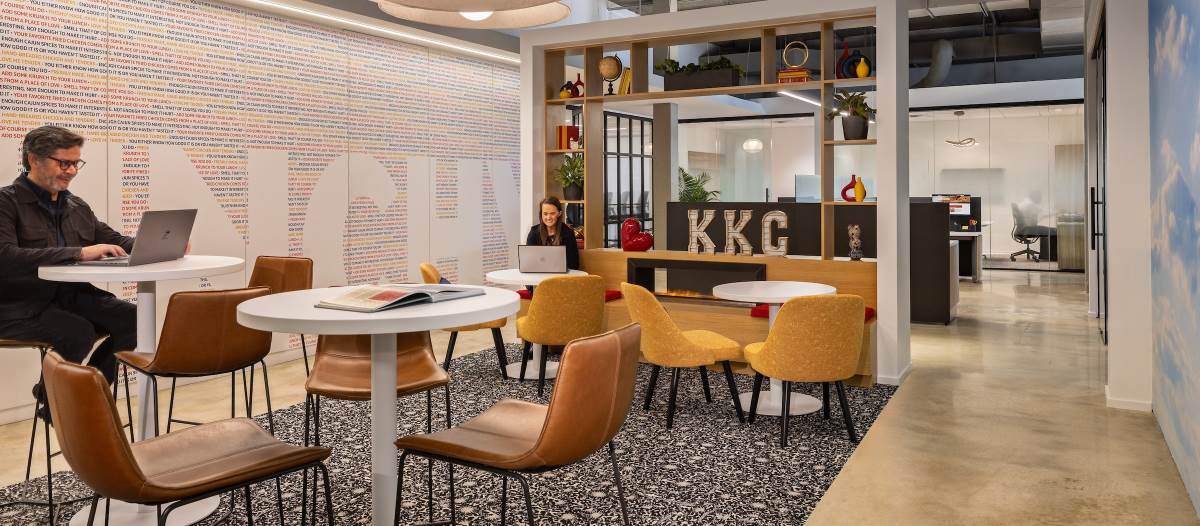Ask the Experts
What functions will determine the form of the post-pandemic office?

What we do know are some general design guidelines which may help to frame future design initiatives. They are:
-
Telework policies updated: There will be a reduced need for dedicated office space for those organizations that have developed a telework policy linked to assignment of dedicated vs shared office space. In speaking to a number of commercial real estate brokers, they are telling me that many industries are anticipating a 20 to 40 percent overall reduction of their real estate footprint. Creating a clear policy of who gets dedicated space, based on days per week in the office or job description, needs to be clearly defined as part of an updated telework policy. The quantity, type and locations of shared space, or hoteling space, will also need to be defined. We are seeing a trend to increase the percentage of closed office space and a reduction of open office space, which was probably inspired by the early days of COVID-19 where physical separation was important.
-
Flexible space, furniture & construction standards: The ability to reconfigure space easily and cost-effectively with a minimum amount of time, cost and disruption will be more important as organizations fine-tune their post-COVID-19 work environments. Modular space standards, limited variations of office and workstation sizes, limited furniture components, that can be used in a closed and open office standard, and pre-fabricated construction components (ie demountable partitions and glass office front systems) are just some of the approaches that will need to be considered in order to create a nimble work environment.
-
Emphasis on upgrading shared collaborative space & amenities: Luring staff back to the office will be a priority for many companies. The advantages of working back at the office vs working from home will need to be a clear choice. The social aspect of work and providing the proper environment to encourage social interaction will be an important element of most renovations. Creating an exciting and stimulating work environment as well as having better technology tools at the office will also help to lure reluctant teleworkers back to the office. The cost per square foot for collaboration and amenity areas will be a large part of most build-out budgets.
-
Branding & messaging: Keeping the staff engaged and creating a strong organizational culture will be extremely important in creating a dynamic work environment. Two years of COVID-19 separation has damaged many organization cultures, but it also has created an opportunity for organizations to re-define their desired culture, along with their mission, vision and values. A company with a strong culture, and the physical branding that supports that culture, will have an edge in recruiting and retaining talent. Inspired leadership that supports the desired culture, empowers their staff to live the mission, vision and values of the organization and encourages staff to have the time and tools to pursue innovation, will lead their industry in the post-COVID-19 era.

Read more on Occupancy & Human Factors and Real Estate
Explore All FMJ Topics









